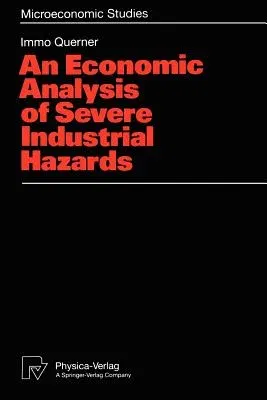Immo Querner
(Author)An Economic Analysis of Severe Industrial Hazards (Softcover Reprint of the Original 1st 1993)Paperback - Softcover Reprint of the Original 1st 1993, 27 May 1993

Qty
1
Turbo
Ships in 2 - 3 days
In Stock
Free Delivery
Cash on Delivery
15 Days
Free Returns
Secure Checkout
Part of Series
Microeconomic Studies
Part of Series
Statistics and Computing
Print Length
272 pages
Language
English
Publisher
Physica-Verlag
Date Published
27 May 1993
ISBN-10
3790806781
ISBN-13
9783790806786
Description
Product Details
Author:
Book Edition:
Softcover Reprint of the Original 1st 1993
Book Format:
Paperback
Country of Origin:
US
Date Published:
27 May 1993
Dimensions:
23.39 x
15.6 x
1.52 cm
ISBN-10:
3790806781
ISBN-13:
9783790806786
Language:
English
Location:
Heidelberg
Pages:
272
Publisher:
Weight:
408.23 gm

